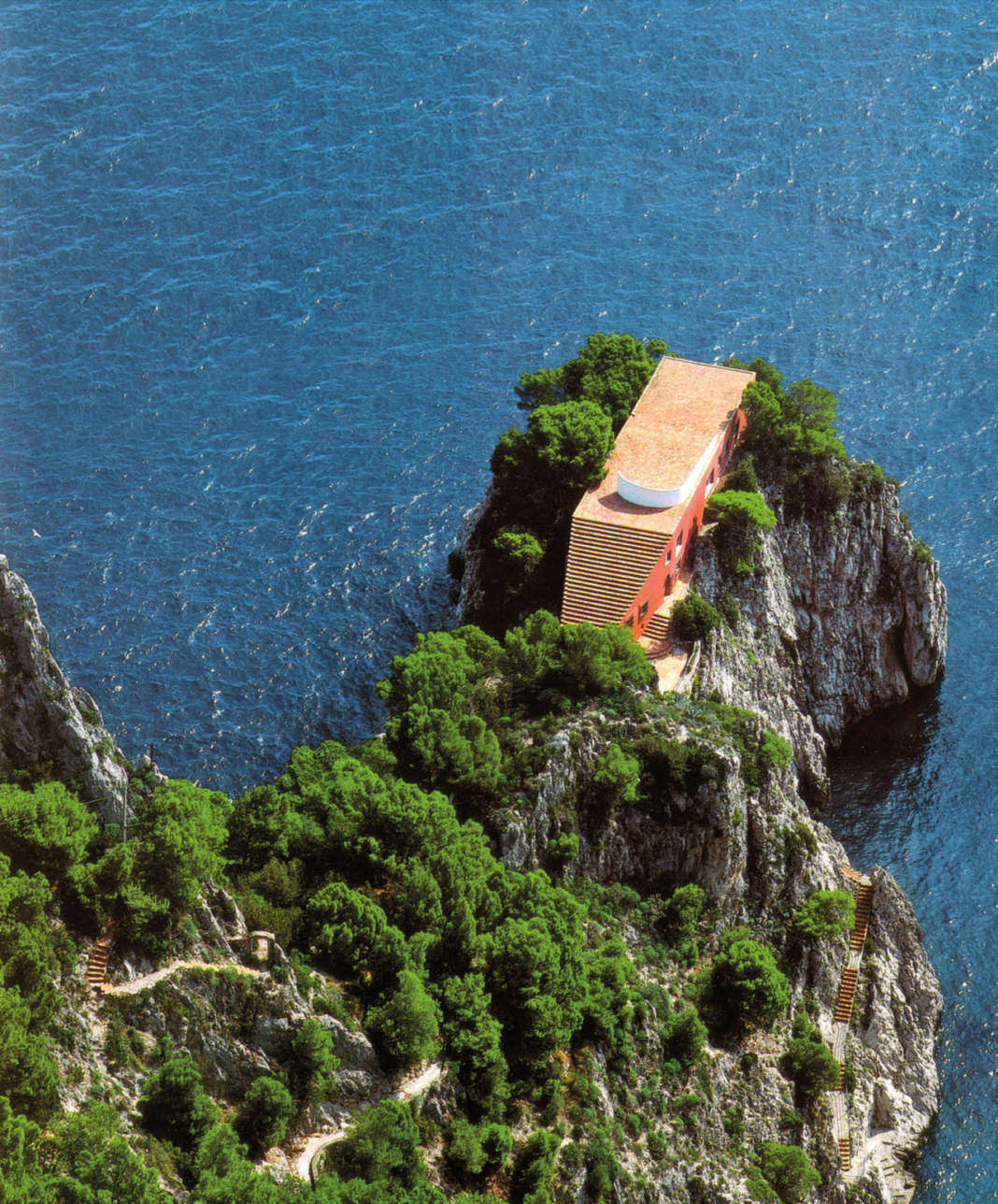Adalberto Libera, Casa Malaparte, Capri, 1938-1943
There is no doubt that architecture, and contemporary architectural planning in particular, is an intellectual activity which, in addition to the obvious cultural education, calls for advanced technical and scientific skills that must, in every project, be adequate and commensurate with the responsibility required by the transformations undergone by the townscape or landscape. Given this high degree of complexity, architecture often runs the risk of imploding in the conditions and sometimes contradictions surrounding it: the wishes of the customers, the town planning forecasts, the aggregate of regulations, the building costs, the approval and consequent judgment of the institutions in charge of issuing the relative permits, the technical skills of the builders and, last but not least, the use and maintenance of the finished building. If we add, to all this, the calligraphy, the style, the ideas and often the ambitions, not always legitimate from an ethical point of view, of the architects, then the final goal, a coherent and tangible quality of the environment and of living, often proves an unattainable chimera, and the architectural plan an equation with such an enormity of unknown entities as to prove unsolvable. From a scientific and methodological point of view, the only possible solution is to reduce this extreme complexity by creating an organized sequence of simple problems, in an attempt not to lose sight, as the work and thus the design synthesis advances, of the logical-operative simplicity which has been the key of the development of the entire building process. If the result, both to the observer and to those who live in the building, still proves, in its clarity and comprehensibility, to be unitary and accomplished, then the design activity behind it has fully performed its duty, creating an architecture where the sum of the parts and the countless problems have been completely resolved in a sphere where every gesture, and consequently the result, appears to be “easy” and thus “felicitous”. To invoke the simplicity of conducts and of architecture, however, does not mean to renounce everything that is sublime, amazing, and even monumental; rather, it means to fully understand that the essence of architectural design is first and foremost based on composition (from com-pose, literally to put together) through a synthesis where the different materials and intellectual components become an inseparable whole. To build with simplicity therefore means to conceive architectural planning as that intellectual activity, invoked above – as opposed to mere building where the only ability consists of a more or less casual combination of the different elements of the construction, in such a way as to assure a static stability, where decoration is more than a mere apparatus superimposed on the building, supposedly in order to beautify it (a procedure that is more likely to produce the opposite effect, as witnessed by Oliviero Toscani’s research, through a selection of images published in this issue) – where the ultimate purpose is not to merely maximize the profit and yield of the land. It is the project, and thus the though underlying it, which distinguishes simple designs from banal ones, meaningful arrangements from casual ones, futile plans from useful ones, the dissolution of the landscape from the landscape itself. It is architectural design, with its inherent complexity, which gives the best of itself with simplicity, with “distillation”, through the intelligence and knowledge of the individual, the architect with a limited number of players, or the knowledge of many, the result of a building tradition which appears in old houses and buildings, which is also the essence of a knowledge which time has freed of everything useless, thus showing us the sense and marvel of living.





